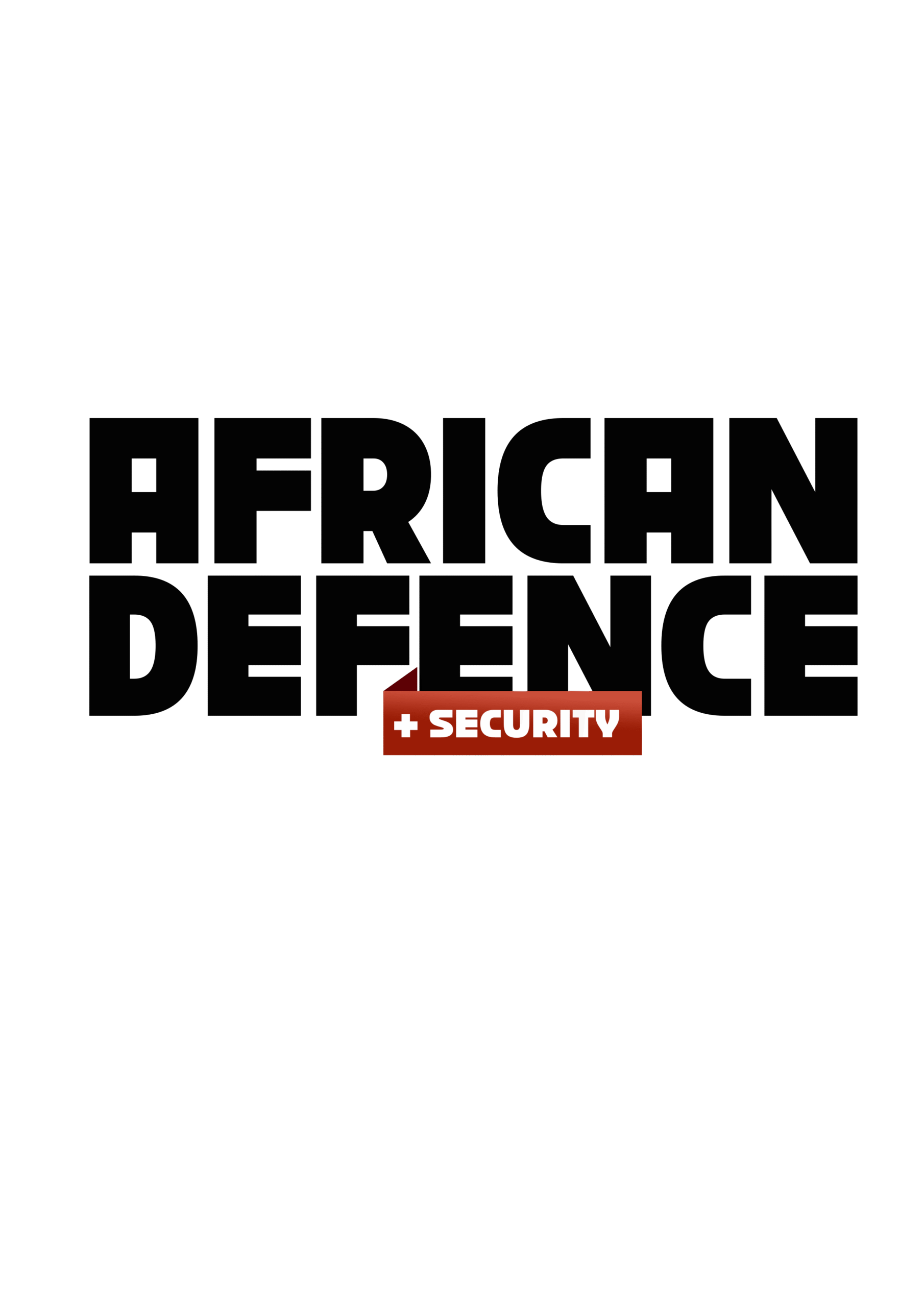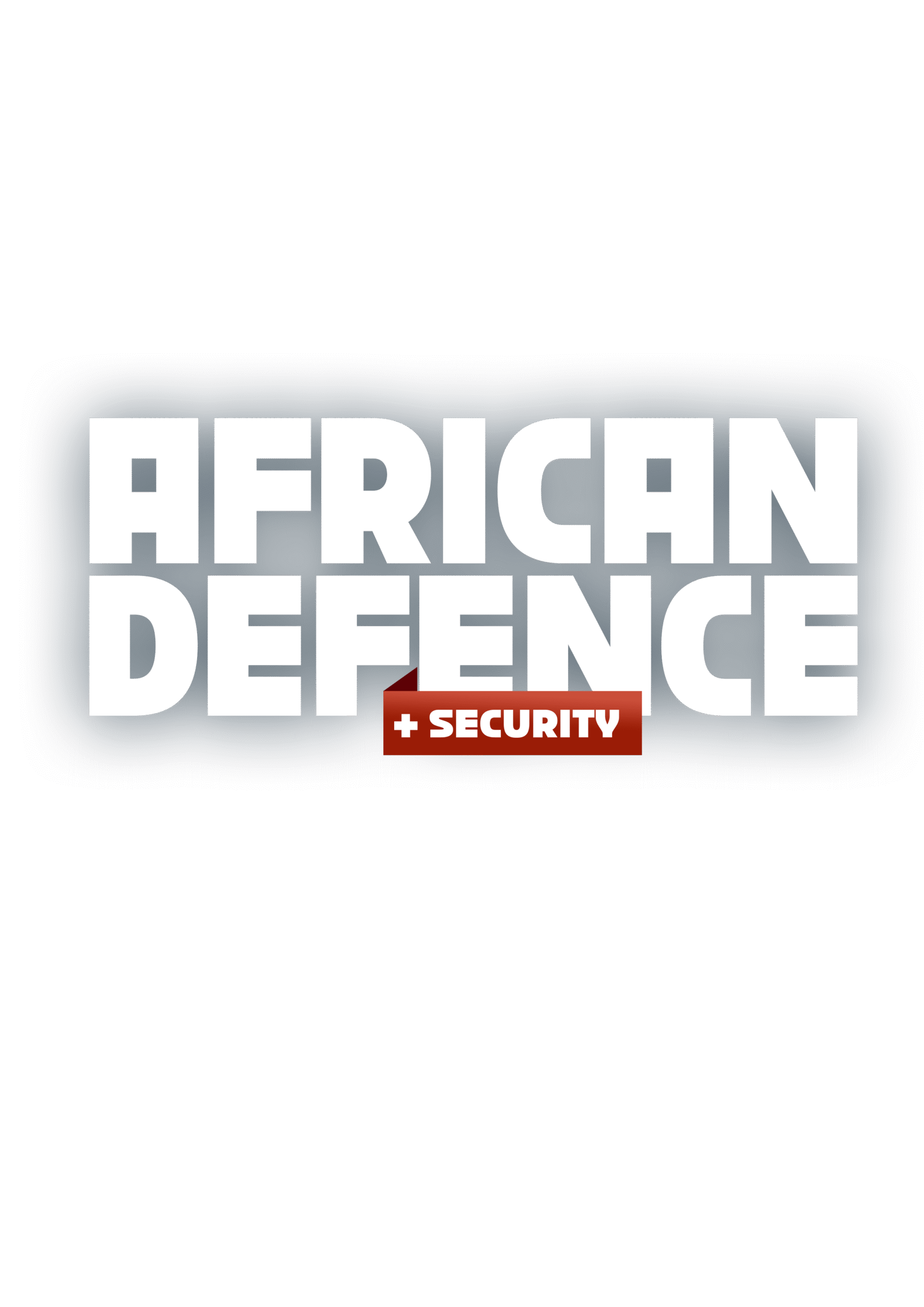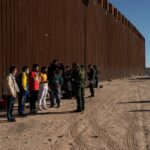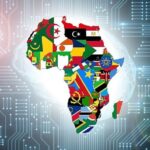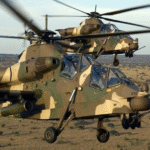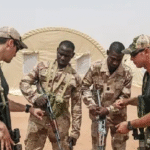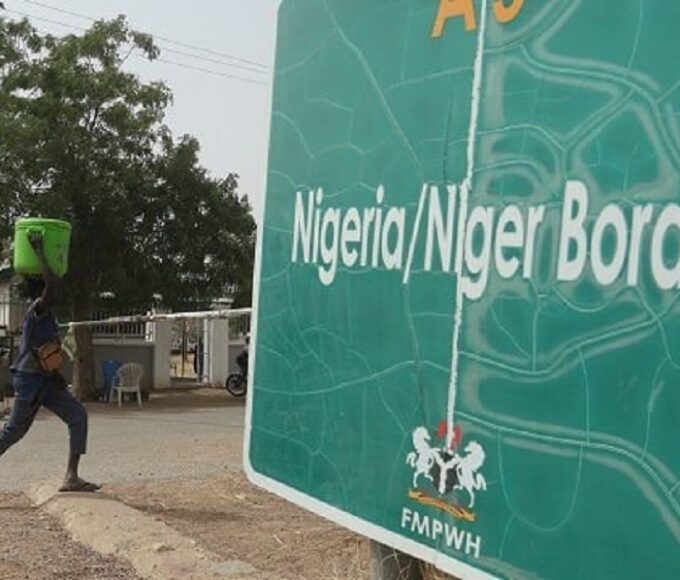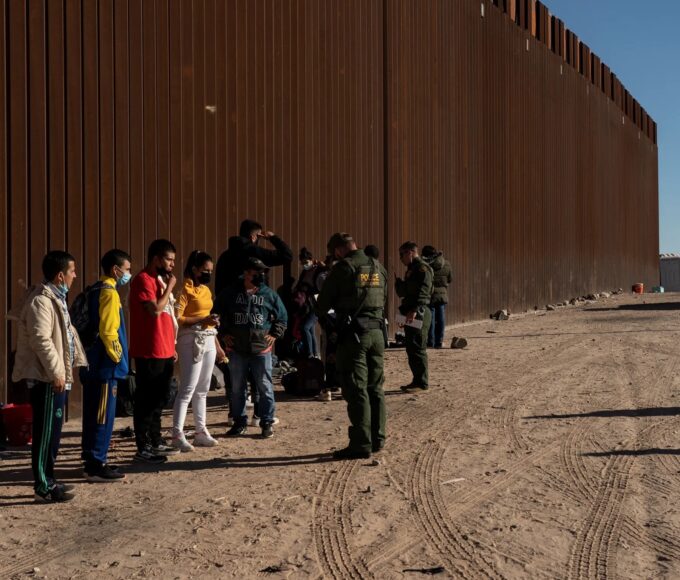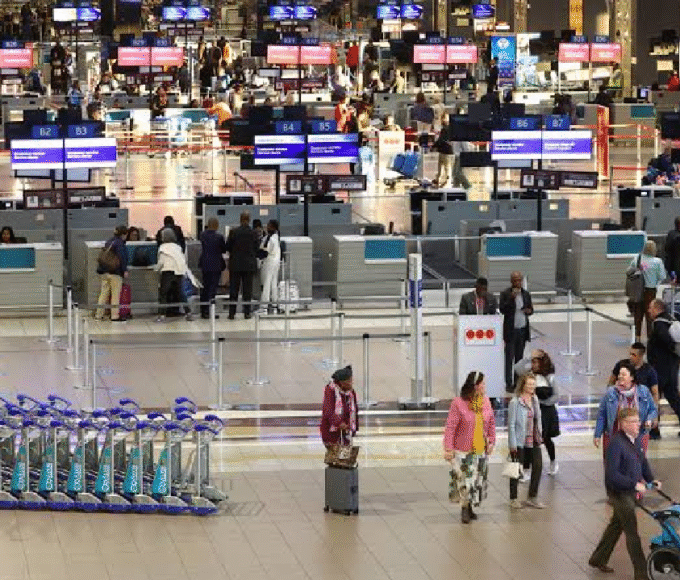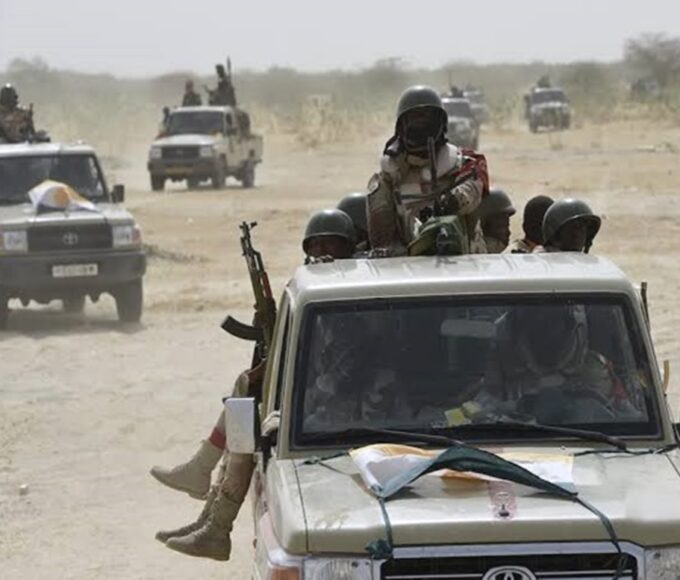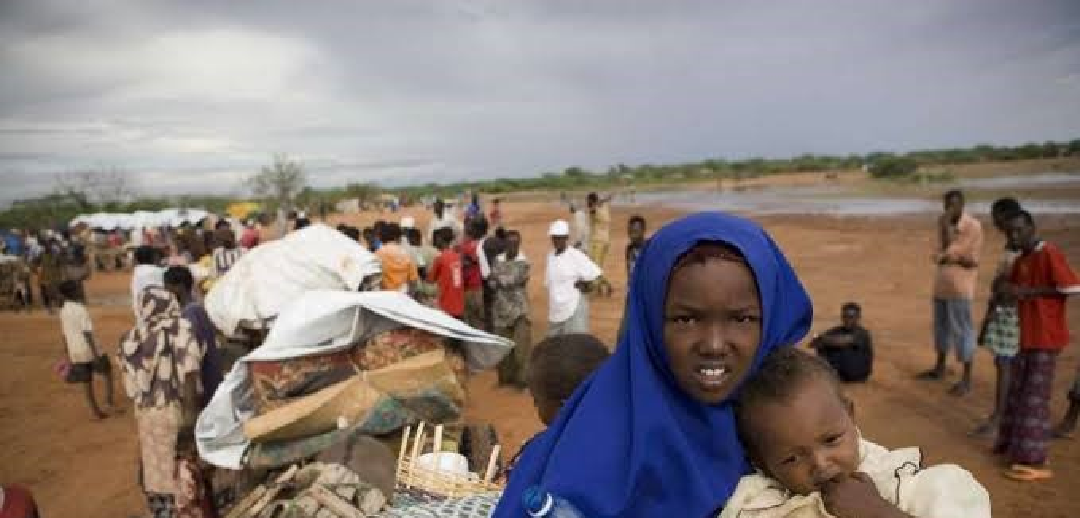
REFUGEE MOVEMENTS AND BORDER FORCE DILEMMAS
In today’s world of conflict, climate change, and widening economic divides, refugee movements have reached historic levels and placed border security under immense strain. By early 2025, more than 122 million people were forcibly displaced, including 42.7 million refugees fleeing wars in Sudan, Syria, Ukraine, and Myanmar. Border forces now face a difficult balance: protecting national sovereignty while honouring humanitarian obligations. This tension is evident in overcrowded facilities, contested asylum claims, and ethical questions about the use of force. Policy changes, such as new U.S. restrictions that cut encounters by 50% in early 2025, show how refugee rights and security measures are tightly connected and constantly shifting.
To begin with, the numbers reveal the magnitude of displacement. According to UNHCR, 122.1 million people were forcibly displaced by April 2025, the highest figure in a decade. Among them, 36.8 million refugees fell under UNHCR’s mandate, while millions more lived in refugee-like conditions with limited recognition or rights. Even though 1.6 million people returned home and 189,000 were resettled in 2023, these hopeful outcomes were overshadowed by the continuing influx of those escaping violence. In Africa, the crisis has been particularly severe. Sudan’s conflict alone produced 2.09 million refugees by mid-2025, an 18% increase in a single year. Many host nations lack the financial and social capacity to provide housing, education, and healthcare, leaving border systems overstretched and populations vulnerable.
Related Article: AI AND AFRICA’S MILITARY INTELLIGENCE: PROMISE AND PERIL IN A TRANSFORMING SECURITY LANDSCAPE
Furthermore, refugee routes remain perilous and unpredictable. The Central Mediterranean continues to be one of the deadliest, with thousands attempting sea crossings from North Africa to Europe each year despite the dangers. Likewise, Afghans and Somalis continue to flee through Southwest Asia and East Africa, where instability drives constant flows. In the Americas, U.S. policy changes brought a 25% decline in apprehensions during 2024, but migration pressures persisted as economic hardship and violence pushed people northward. Lebanon also recorded 629,020 cross-border movements in August 2025, reflecting instability tied to Syria and Palestine. These routes, however, are not only perilous but also targeted by smugglers and traffickers. Migrants frequently face extortion, exploitation, and abuse, underscoring the urgent need for coordinated international action to disrupt criminal networks while still protecting vulnerable lives.
At the same time, border personnel struggle with limited infrastructure, political scrutiny, and shifting public expectations. In the United States, tighter asylum restrictions reduced arrivals but sparked criticism for endangering those fleeing persecution. Europe faces similar dilemmas: irregular crossings dropped in 2025, yet warnings of worsening crises ahead persist. Delays, overcrowding, and inadequate facilities often breach humanitarian norms, while enforcement-heavy approaches undermine data collection and long-term planning. Meanwhile, agents must also contend with organized crime, where drug trafficking and migration routes intersect, making daily operations more complex and dangerous.
Moreover, the clash between sovereignty and human rights remains central. International law prohibits returning people to danger under the principle of non-refoulement, yet political pressures frequently push states toward deterrence rather than protection. In Mexico, for instance, authorities have actively discouraged asylum applications. Border agents face ethical choices on the ground: should force be used against families with children, or should asylum rights be curtailed for political advantage? While humanitarian needs call for compassion, political narratives portraying migrants as threats drive policies in the opposite direction, reinforcing cycles of trauma and inequality.
Equally important, case studies highlight these dilemmas with clarity. In Sudan, more than 2 million people have fled to neighbouring states, overwhelming fragile borders such as Chad’s, where infrastructure is already scarce. In Syria, over 6 million remain displaced after more than a decade of conflict, leaving Turkey and Lebanon struggling with long-term integration. In the United States, expanded deportations have fueled debates about labour shortages, economic costs, and the social impact on communities reliant on migrant workers. These examples show that border forces must not only respond to immediate humanitarian emergencies but also plan for the long-term realities of refugee presence and integration.
There are indications that displacement is expected to increase as wars continue and climate pressures intensify. The 2025 Homeland Threat Assessment warns of hybrid threats migration linked with terrorism, extremism, and organized crime that will shape border operations for years to come. Meeting these challenges requires a new approach to global governance.
More equitable protection, expanded resettlement opportunities at least 2.9 million in 2025 alone and stronger international cooperation are urgently needed. Above all, solutions must safeguard both security and humanity, ensuring that borders remain protected while refugees retain their right to safety and dignity.
King Richard Igimoh, Group Editor ALO
King Richard Igimoh, Group Editor African Leadership Organisation is an award-winning journalist, editor, and publisher with over two decades of expertise in political, defence, and international affairs reporting. As Group Editor of the African Leadership Organisation—publishers of African Leadership Magazine, African Defence & Security Magazine, and Africa Projects Magazine—he delivers incisive coverage that amplifies Africa’s voice in global security, policy, and leadership discourse. He provides frontline editorial coverage of high-profile international events, including the ALM Persons of the Year, the African Summit, and the African Business and Leadership Awards (ABLA) in London, as well as the International Forum for African and Caribbean Leadership (IFAL) in New York City during the United Nations General Assembly.
Recent Posts
Categories
- Air & Aerospace15
- Border Security14
- Civil Security3
- Civil Wars4
- Crisis4
- Cyber Security4
- Defense15
- Diplomacy17
- Entrepreneurship1
- Events5
- Global Security Watch6
- Industry6
- Land & Army7
- Leadership & Training3
- Military Aviation2
- Military History27
- Military Speeches1
- Naval & Maritime8
- Resources1
- Security12
- Special Forces1
- Systems And Technology8
- Tech6
- Uncategorized3
- UNSC1
- Veterans6
- Women in Defence9
Related Articles
BORDER SECURITY – LESSONS FROM ECOWAS BORDER MANAGEMENT STRATEGIES
Since its founding in 1975, the Economic Community of West African States...
ByKing Richard Igimoh, Group Editor ALONovember 21, 2025COMMUNITY INTELLIGENCE AT BORDERS: SUCCESSES AND FAILURES
Border security increasingly relies on community intelligence the collection and use of...
ByKing Richard Igimoh, Group Editor ALOOctober 6, 2025BIOMETRIC BORDERS: AFRICA’S EXPERIMENTS IN SMART SECURITY
Africa is undergoing a quiet transition in border management. Across the continent,...
ByKing Richard Igimoh, Group Editor ALOSeptember 16, 2025BORDER SECURITY AND MILITARISED WILDLIFE PROTECTION: AN EMERGING NEXUS
The Convergence of Conservation and Security In an era where transnational threats...
ByKing Richard Igimoh, Group Editor ALOAugust 22, 2025